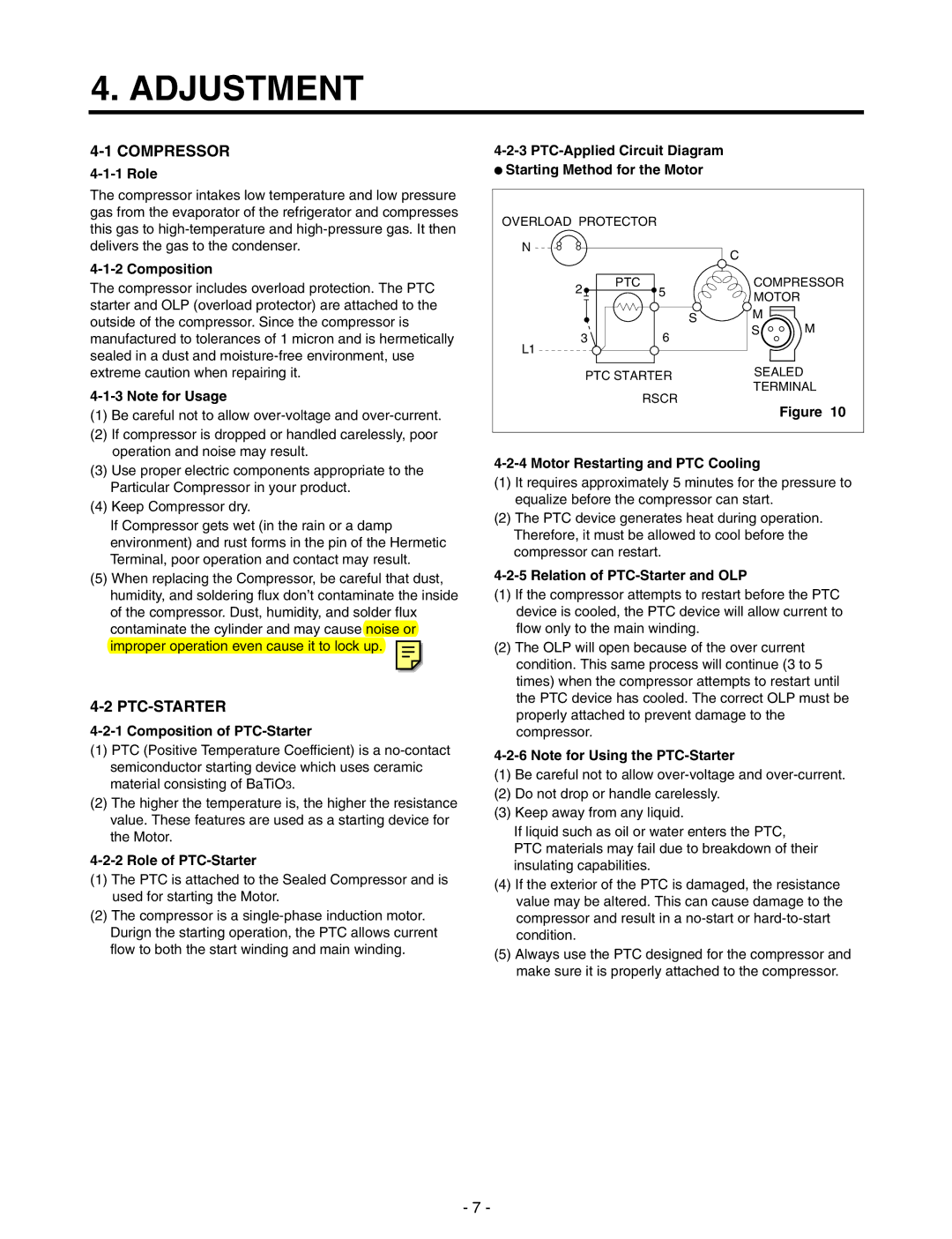LRTN19310, LRTN22310 specifications
LG Electronics has consistently been at the forefront of home appliance innovation, and the LRTN22310 and LRTN19310 refrigerator models exemplify this commitment. Both models are designed to cater to the needs of modern consumers, combining functionality with cutting-edge technology.The LG LRTN22310 is a 22 cubic feet top-freezer refrigerator that stands out with its sleek design and user-friendly features. It includes energy-efficient LED lighting that brightens every corner, allowing users to easily find what they need. The Smart Inverter Compressor technology is a key highlight, adjusting cooling power based on the amount of food stored, which leads to significant energy savings and quieter operation.
In addition to its energy efficiency, the LRTN22310 features a multi-air flow system that ensures consistent temperatures throughout the refrigerator, keeping food fresher for longer. Its spacious interior with adjustable shelves allows for flexible storage solutions, accommodating large items with ease. The model also offers a humidity-controlled crisper, ideal for preserving fruits and vegetables at their peak freshness.
On the other hand, the LG LRTN19310, with 19 cubic feet of storage capacity, is a more compact option that does not compromise on efficiency or performance. This model also incorporates the Smart Inverter Compressor, providing optimal cooling without excessive noise. The LED interior lighting and multi-air flow technology are consistent features, ensuring food stays fresh and visible.
The LRTN19310’s sleek shelving system is designed to maximize storage space, while its easy-access freezer compartment allows for convenient organization of frozen items. The refrigerator's stylish exterior adds to its appeal, making it an attractive addition to any kitchen.
Both models highlight LG's commitment to sustainability and innovation. Equipped with smart technologies, such as energy-efficient compressors and advanced cooling systems, they provide consumers with eco-friendly choices. The combination of practical features, modern aesthetics, and advanced technology makes the LG LRTN22310 and LRTN19310 ideal selections for anyone looking to upgrade their kitchen appliances.
In conclusion, the LG LRTN22310 and LRTN19310 refrigerators not only meet the diverse demands of today’s households but also reflect LG’s dedication to quality and innovation in home appliances. Their blend of efficiency, style, and advanced features supports the modern lifestyle, ensuring food is kept fresh while minimizing energy consumption.

